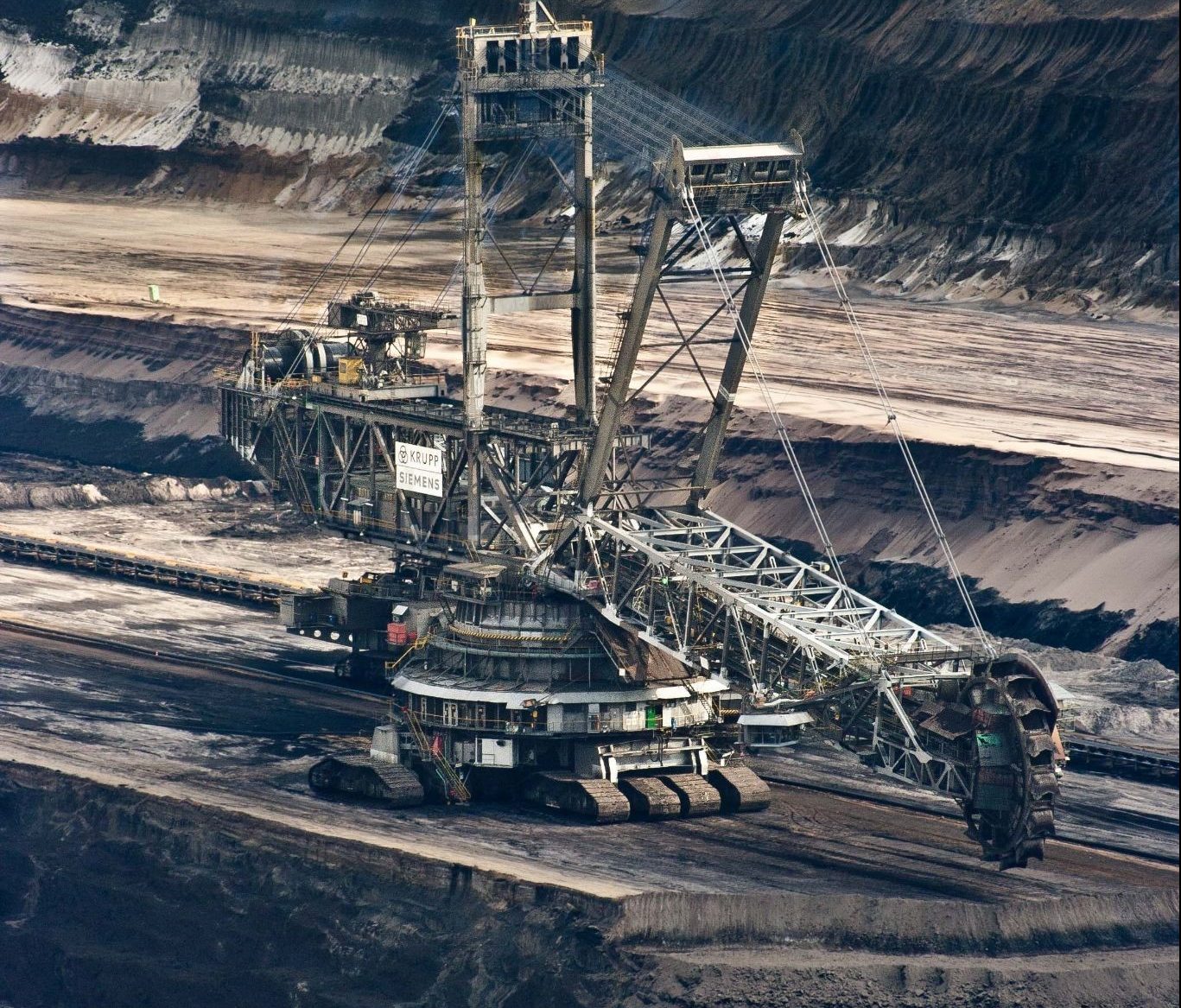Underground mining is a difficult job and before starting, miners have to ensure a safe passage, ventilate the place and provide proper ground support
There are numerous valuable and precious materials underground and to gather these precious materials, mining is the only solution.
Mining is a very difficult task, and experts with knowledge in mining are needed for the job. But you cannot just go underground with a shovel or a pickaxe and start gathering valuable materials. Huge preparations are needed so that everything goes without any hindrance and no one gets injured.
There have been multiple reports of miners getting severely injured while mining. That is why more advanced technologies are invented to reduce the risk of miners.
With that said, let us look at some preparation procedures miners take before going underground for mining.
1. Providing Access To The Underground Mining Area
The first step in the Beginner’s Guide to Underground Mining is that every miner has to focus on how to get easy access to the mining area. For that, a miner has to follow the three methods listed below-
1. Decline Entry
A decline entry is to have a spiral tunnel that circles the mining area. The tunnel is dug in a spiral manner from the surface and slowly goes deep into the ground to reach the ore deposit.
2. Shafts
Shafts use vertical access to the deposits instead of a spiral one. A shaft is made and sunk deep underground where the ores are. A ramp is constructed for the shafts to carry ore from the mining area to the surface.
3. Adits
These are horizontal accesses to the ore deposits, where it is not necessary to go very deep underground.
2. Ventilating The Underground
The first and foremost step every miner takes is to ventilate the underground mining area. This is primarily because, in an underground mine, there are a large collection of toxic gasses like ammonia, carbon monoxide, methane, hydrogen sulfide.
These are not only toxic, some of these gasses are highly flammable as well. If these gasses are not removed from the underground area, one may face severe health hazards from breathing in such toxic air.
But this is not the sole purpose of ventilating the underground mining areas. Without proper ventilation, miners will not have an adequate supply of oxygen to breathe as well. Due to the shortage of oxygen available underground, without proper ventilation, miners will have a hard time breathing.
Another reason for proper ventilation is to avoid too much dust particle accumulation resulting from the use of various tools needed for digging, if those dust are not removed it may cause the tool to jam and malfunction.
This is why ventilating the underground is so important. In absence of proper ventilation, sometimes the work is abandoned to avoid health hazards.
3. Monitoring The Dust Particles
While ventilation provides some sort of safety, dust particles are also checked to see how harmful they are. This is especially true for coal mining, as the particles released from mining coal are very harmful, and are responsible for causing black lung disease among coal miners.
Another harmful particle is crystalline silica dust. They are also responsible for causing black lung disease. Regular monitoring of these particles will show exactly how exposed a miner is and the tolerable amount inhaled before a miner needs medication.
That is why it is necessary to monitor the particles to find out whether there will be coal or silica dust particles.
4. Have Proper Ground Support
The biggest threat to the miners and from one they can hardly escape is the whole mining area collapsing on them. Oftentimes the ore keeps the underground tunnel intact. But when these ores are removed haphazardly; which works as a support, the whole underground tunnel becomes unstable.
This might cause the tunnel to collapse upon the miners. Not only ores but the tools used for mining work also vibrate frequently. This vibration might damage the structure of the tunnel. When it weakens, the whole tunnel breaks down.
So, having proper ground support is an absolute must. There are quite a few ways by which the underground passage can be safeguarded. Some of these techniques include
1. Mechanical bolts
These are the most common type of ground support tools. The mechanical bolts also referred to as Point Anchor bolts, are metal bars that are 20 mm to 25 mm and the length is 1 m to 4 m. They are inserted into holes left out by the ores, holding the whole foundation together.
2. Grouted bolts
There are two types of grouted bolts. Resin grouted rebar and Cable bolts. Resin grouted bars are a stronger version of point anchor bolts. Cable bolts, on the other hand, are used to hold rocks that are hanging from the ceiling.
3. Friction Bolts
There are mainly two types of friction bolts. One is a friction stabilizer and the other one is a swellex. Friction stabilizers are similar to swellex bolts but are much easier to install by simple hammering. Swellex, on the other hand, is also the same but much smaller in diameter
5. Adjust The Heat
We all know that the core of the earth is molten magma. So the deeper you go underground, the hotter it will get. The heat occasionally becomes unbearable. This is why constant cooling is required. Normal ice will not work as they melt immediately.
So the only solution is slurry ice. They are modified ice, made to last longer and cool things more efficiently. So a constant supply of slurry ice is required to keep the underground temperature bearable.
Final Thoughts
Mining requires a lot of preparation than it initially looks. Because a simple mistake could make a difference between life and death. Hopefully, by going through the article, you have realized the processes followed to make mining possible.


